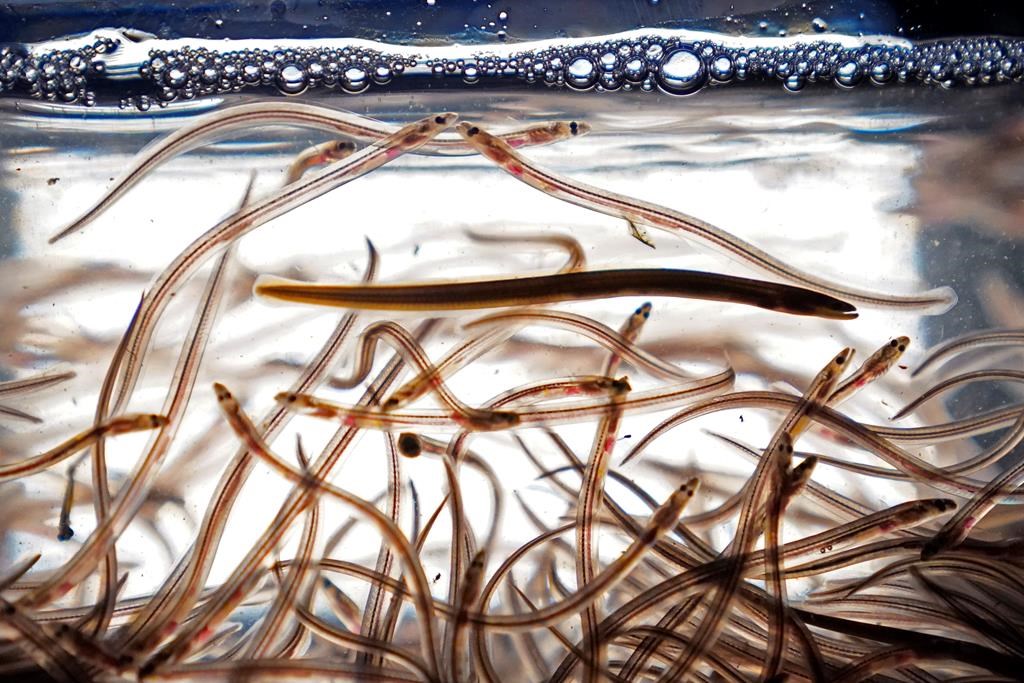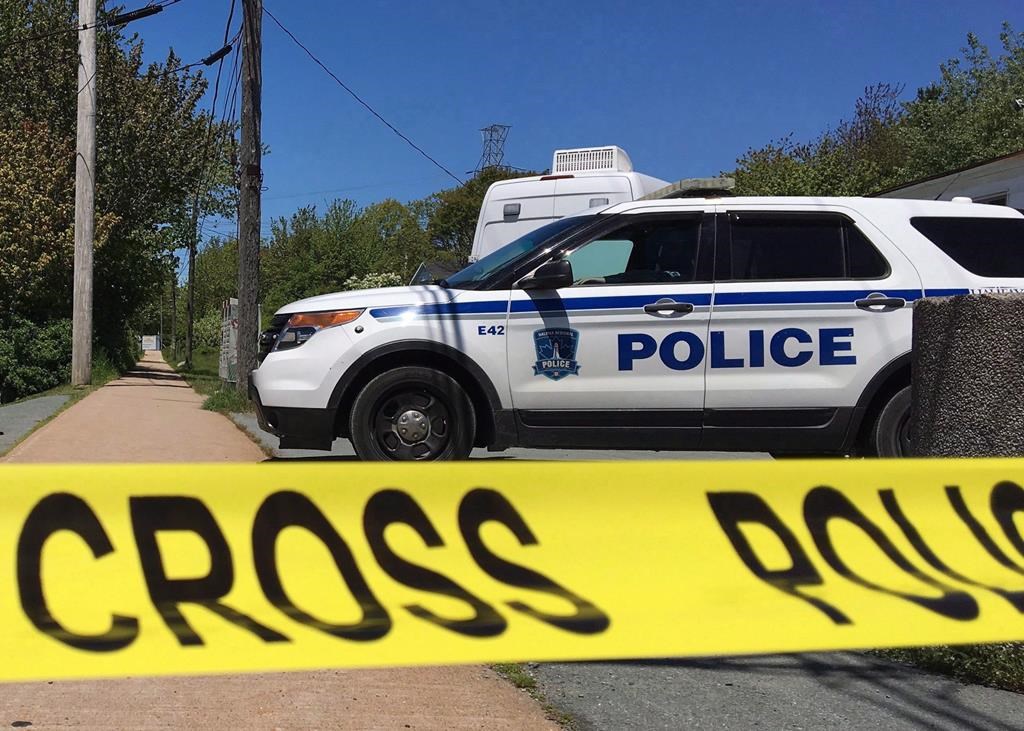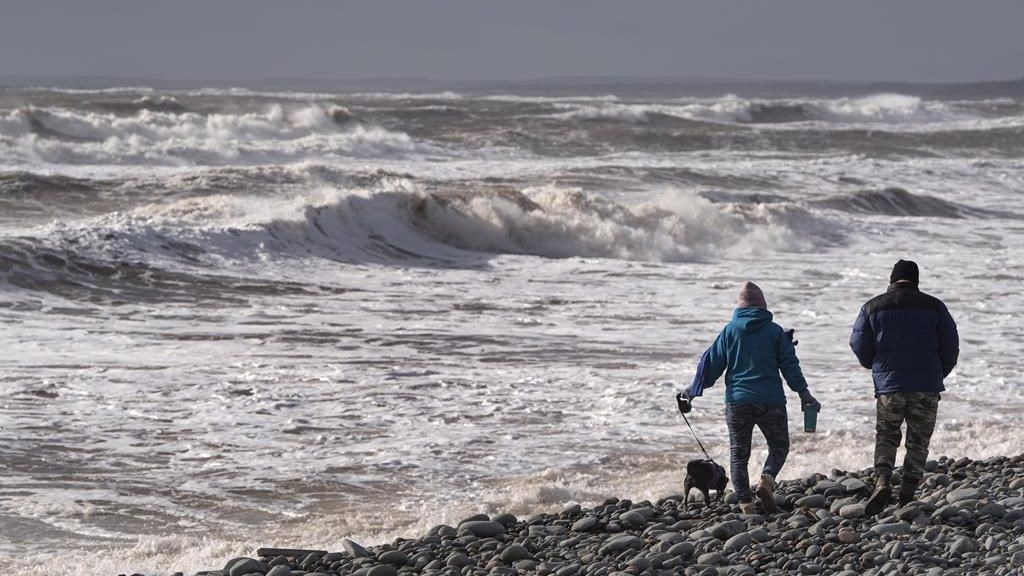Indian soldier buried by avalanche saved; 9 bodies recovered
Posted Feb 9, 2016 03:04:51 AM.
Last Updated Feb 9, 2016 09:00:16 AM.
This article is more than 5 years old.
SRINAGAR, India – An Indian soldier buried by an avalanche for six days in the Himalayan region of Kashmir has been found alive and was pulled from the snow, along with the bodies of nine other soldiers, officials said Tuesday.
The enormous avalanche slammed into an Indian army post last Wednesday and trapped the 10 soldiers on the northern end of Siachen Glacier, the highest point along the heavily militarized line of control between India and Pakistan. After a day of searching for survivors, the army had said Thursday that the chance of finding survivors was “very remote.”
However, soldier Hanamanthappa Koppad was found conscious and disoriented on Monday night, as he was pulled up from under at least 11 metres (35 feet) of snow, an Indian army statement said on Tuesday.
“He was severely dehydrated, hypothermic, hypoxic, hypoglycemic and in shock,” the statement said. After being treated at the site with warm intravenous fluids and oxygen, he was flown to an army hospital in New Delhi where he remained in critical condition on Tuesday, comatose and still suffering from shock, pneumonia as well as liver and kidney dysfunction.
The army said the next day or two would be critical to the soldier’s recovery.
“We hope the miracle continues,” Indian military commander Lt. Gen. D.S. Hooda said, noting it was extremely rare for a person to survive so long buried under snow and ice.
Hooda said it appeared the soldier had been buried along with a tent, which may have created an air pocket that allowed him to breathe under the snow. When the soldier was found on Monday, “surprisingly, his oxygen levels seemed OK, and his heartbeat was there.”
Prime Minister Narendra Modi visited the unconscious soldier in the army hospital on Tuesday, tweeting that he was bringing “prayers from the entire nation.”
Avalanches and landslides are common in Kashmir, which is claimed by both India and Pakistan and divided between them, making the ongoing military patrols at the 5,800-meter-altitude (19,000-foot-altitude) glacier particularly dangerous. More Indian and Pakistani troops have died from the grueling conditions than from hostile fire.
Last month, four Indian soldiers were killed by an avalanche while on foot patrol in the same region. In 2012, an avalanche on the Pakistan-controlled part of the glacier killed 140 people, including 129 soldiers.
Hooda described last week’s avalanche as “massive,” adding that “an entire mountain of rock-solid snow” measuring about 1 square kilometre (half a square mile) “fell on the post and buried it.”
The rescue and recovery operation was also difficult “under extremely hostile weather conditions,” he said.
Enduring freezing temperatures for days, dozens of rescuers used shovels and chain saws to cut through the ice and snow to reach the buried soldiers.
Indian troops first occupied Siachen in 1984, fearing Islamabad wanted to claim the uninhabited, 78-kilometre-long (48-mile-long) glacier. Pakistan then moved troops to the area, committing to a standoff on what has been described as the “world’s highest battlefield.”
No fighting has been reported since the two nuclear rivals agreed to a ceasefire in 2003. Still, several rounds of talks on demilitarizing the area have been unsuccessful. India, meanwhile, is spending an estimated $1 million a day to keep its military base supplied, according to The Times of India.










